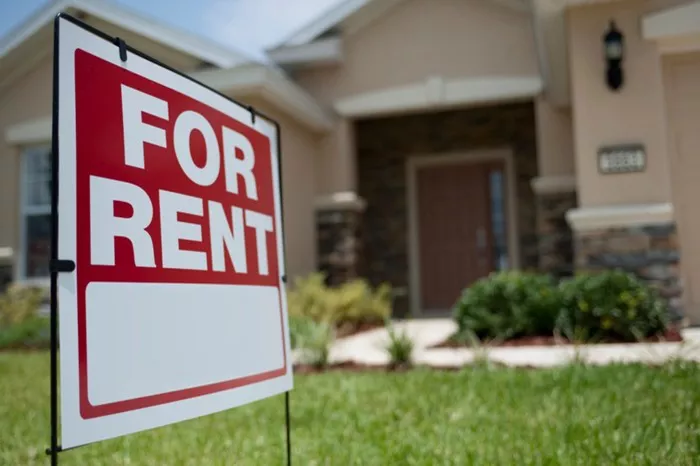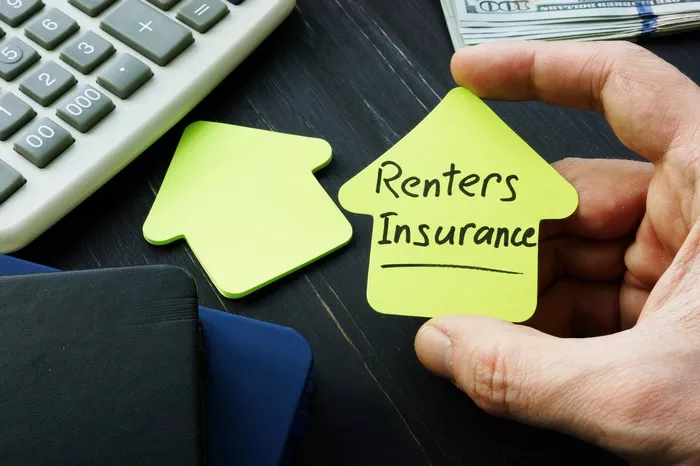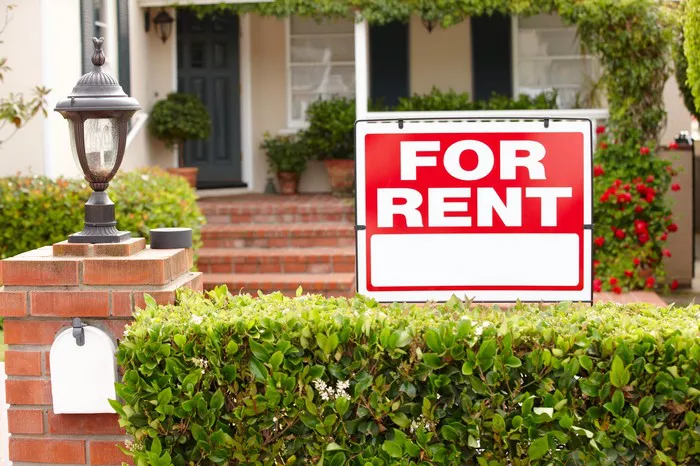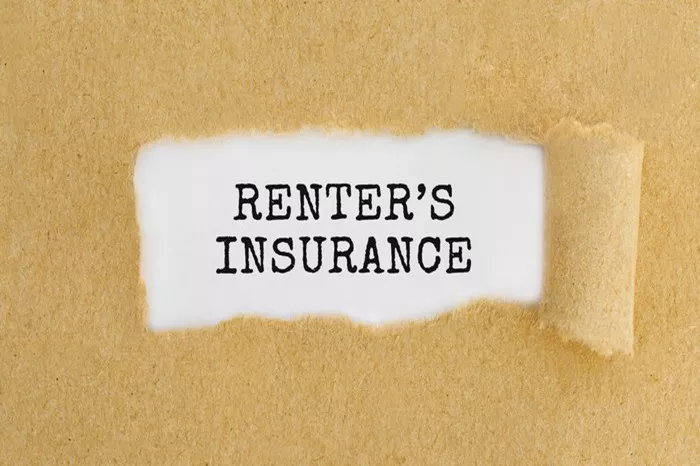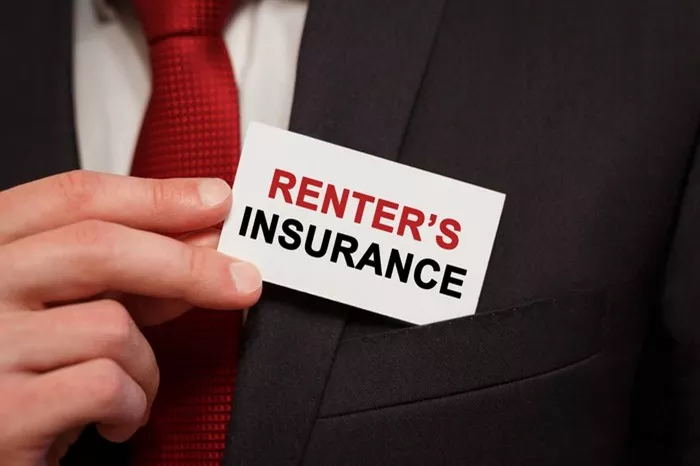Renting a home offers flexibility and freedom from many of the responsibilities that come with homeownership. However, just because you’re not buying the property doesn’t mean you’re free from all concerns. One of the most important aspects of renting a home is ensuring you have the right insurance coverage to protect yourself, your belongings, and your financial future. This article will explore the types of home insurance renters need, what they cover, and why they’re essential.
Understanding Renter’s Insurance
Renter’s insurance, also known as tenant insurance, is designed specifically for people who rent their homes. Unlike homeowner’s insurance, which covers the structure of the home and the owner’s possessions, renter’s insurance focuses on the tenant’s personal property and liability. It’s an essential policy for anyone renting a house, apartment, or condo.
Personal Property Coverage
One of the primary components of renter’s insurance is personal property coverage. This part of the policy covers your belongings in case of damage or theft. Items such as furniture, electronics, clothing, and appliances are protected under this coverage. Personal property coverage is vital because your landlord’s insurance does not cover your possessions.
Types of Perils Covered
Renter’s insurance typically covers a wide range of perils, including:
- Fire and smoke
- Theft and vandalism
- Water damage from plumbing issues (not flooding)
- Wind and hail
- Lightning
- Explosions
It’s crucial to read your policy carefully to understand what is and isn’t covered, as exclusions can vary between insurers.
Replacement Cost vs. Actual Cash Value
When purchasing personal property coverage, you will need to decide between replacement cost and actual cash value coverage:
- Replacement Cost Coverage: This type reimburses you for the cost of replacing your items with new ones of similar kind and quality without deducting for depreciation.
- Actual Cash Value Coverage: This type reimburses you for the current value of the item, considering depreciation. While it is cheaper, it may not provide enough to replace your items fully.
Liability Coverage
Another critical component of renter’s insurance is liability coverage. This protects you if someone is injured in your home or if you accidentally damage someone else’s property. Liability coverage can help pay for legal fees, medical bills, and damages, which can be financially devastating without insurance.
Personal Liability
Personal liability coverage steps in if you’re sued for injury or property damage that occurred on your rental property. For example, if a guest trips and falls in your apartment and decides to sue, your liability coverage can help cover legal costs and any settlement or judgment against you.
Medical Payments to Others
Most renter’s insurance policies include a “medical payments to others” section. This coverage pays for medical expenses if someone is injured on your property, regardless of fault. It’s designed for smaller incidents that do not lead to lawsuits.
Additional Living Expenses (ALE)
If your rental home becomes uninhabitable due to a covered peril, additional living expenses (ALE) coverage can help pay for temporary housing and other extra costs. This can include hotel bills, restaurant meals, and other expenses incurred while your home is being repaired.
What Does ALE Cover?
ALE coverage can help with costs such as:
- Hotel or temporary rental accommodations
- Increased food expenses
- Laundry and dry cleaning
- Storage fees for your belongings
- Pet boarding
Having ALE coverage can provide peace of mind knowing you won’t be left without a place to stay if disaster strikes.
Optional Coverages and Endorsements
Depending on your needs, you may want to consider additional coverages and endorsements. These can tailor your renter’s insurance policy to better suit your specific situation.
Valuable Items Coverage
Standard renter’s insurance policies typically have limits on coverage for high-value items such as jewelry, art, and electronics. If you own expensive items, you might need additional coverage. Valuable items coverage or a personal articles floater can provide extra protection for these items.
Identity Theft Coverage
Identity theft is a growing concern, and some renter’s insurance policies offer identity theft coverage. This can help cover the costs associated with restoring your identity, such as legal fees, lost wages, and other expenses.
Water Backup Coverage
Standard renter’s insurance usually does not cover damage from water backing up through sewers or drains. Water backup coverage can protect you in such situations, which can be particularly important if you live in an area prone to heavy rainfall or flooding.
The Importance of Inventorying Your Belongings
To ensure you have adequate coverage, it’s essential to inventory your belongings. This helps determine how much personal property coverage you need and can simplify the claims process if you need to file one.
How to Create an Inventory
Creating an inventory involves documenting all your possessions. Here are some steps to follow:
- 1. List All Items: Go room by room and list everything you own. Include descriptions, purchase dates, and prices.
- 2. Take Photos or Videos: Visual documentation can be invaluable. Photograph or record videos of your belongings, focusing on high-value items.
- 3. Keep Receipts: If possible, keep receipts for major purchases. This can help prove ownership and value.
- 4. Store Your Inventory Safely: Keep a copy of your inventory off-site or in a cloud storage service to ensure it’s safe if your home is damaged.
How to Choose the Right Renter’s Insurance Policy
Selecting the right renter’s insurance policy involves considering several factors, including coverage limits, deductibles, and the reputation of the insurance company.
Assessing Coverage Limits
Ensure your policy’s coverage limits are sufficient to cover the value of your belongings. Don’t underestimate the value of your possessions; replacement costs can add up quickly.
Choosing a Deductible
The deductible is the amount you pay out of pocket before your insurance kicks in. A higher deductible can lower your premium but means you’ll pay more if you file a claim. Choose a deductible that balances affordability with your ability to pay out of pocket.
See Also: How Do I Know How Much Homeowners Insurance I Need
Comparing Insurance Providers
Not all insurance companies are created equal. Research different providers, read customer reviews, and consider their financial stability and customer service reputation. Working with a reputable company can make a significant difference in your experience if you need to file a claim.
The Cost of Renter’s Insurance
Renter’s insurance is generally affordable, with policies typically costing between $15 and $30 per month, depending on various factors.
Factors Affecting the Cost
Several factors can influence the cost of your renter’s insurance policy, including:
- Location: Your geographic location can affect your premium. Areas prone to natural disasters or high crime rates may have higher rates.
- Coverage Amount: The more coverage you need, the higher your premium will be.
- Deductible: As mentioned earlier, choosing a higher deductible can lower your premium.
- Insurance Score: Your credit-based insurance score can impact your premium. Better scores usually lead to lower rates.
- Discounts: Many insurers offer discounts for things like bundling policies, having security systems, or being a non-smoker.
The Claims Process
Understanding the claims process can make it easier to navigate if you ever need to file a claim.
Steps to File a Claim
1. Contact Your Insurance Company: Notify your insurer as soon as possible after a loss.
2. Document the Damage: Take photos or videos of the damage and make a list of lost or damaged items.
3. Fill Out Claim Forms: Complete the necessary claim forms provided by your insurer.
4. Meet with an Adjuster: An insurance adjuster may visit your home to assess the damage.
5. Receive Payment: Once your claim is approved, you will receive payment based on your coverage.
Tips for a Smooth Claims Process
Keep Records: Maintain detailed records of all correspondence with your insurer.
Be Honest: Provide accurate information to avoid complications.
Follow Up: Stay in touch with your insurer to ensure your claim is processed promptly.
Special Considerations for College Students
If you’re a college student renting an off-campus apartment, renter’s insurance is especially important. You may have unique needs that should be addressed in your policy.
Coverage for Dorms and Off-Campus Housing
Some homeowner’s insurance policies may extend limited coverage to students living in dorms. However, if you live off-campus, you will likely need your own renter’s insurance policy.
Shared Housing
If you share an apartment with roommates, each person should have their own renter’s insurance policy. A single policy typically only covers the belongings of the policyholder.
Legal Requirements and Landlord Policies
While renter’s insurance is not legally required, some landlords require tenants to have it. Understanding your lease agreement and local regulations is crucial.
Lease Requirements
Many landlords include renter’s insurance requirements in the lease agreement. This protects the landlord by ensuring tenants can cover potential damages or liability.
Local Regulations
Check your local regulations to see if there are any specific insurance requirements for renters in your area. While not common, some jurisdictions may have such requirements.
Common Myths About Renter’s Insurance
Several misconceptions about renter’s insurance can lead tenants to forgo this essential coverage. Let’s debunk some common myths.
Myth 1: “My Landlord’s Insurance Will Cover Me”
Fact: Your landlord’s insurance only covers the building structure, not your personal belongings or liability.
Myth 2: “Renter’s Insurance Is Too Expensive”
Fact: Renter’s insurance is typically very affordable, with policies averaging around $15 to $30 per month.
Myth 3: “I Don’t Have Enough Valuable Items to Insure”
Fact: Even if you think your belongings aren’t worth much, replacing everything at once can be costly. Renter’s insurance ensures you can recover from a loss.
Myth 4: “I’m Careful, So I Don’t Need Insurance”
Fact: Accidents and unexpected events can happen to anyone. Renter’s insurance provides a safety net.
Conclusion
Renter’s insurance is a crucial investment for anyone renting a home. It protects your personal property, offers liability coverage, and provides additional living expenses if your rental becomes uninhabitable. By understanding the different components of renter’s insurance, assessing your needs, and choosing the right policy, you can ensure you’re adequately protected. Don’t wait for a disaster to strike—secure your financial future with renter’s insurance today.
[inline_related_posts title=”You Might Be Interested In” title_align=”left” style=”list” number=”6″ align=”none” ids=”2983,3001,2981″ by=”categories” orderby=”rand” order=”DESC” hide_thumb=”no” thumb_right=”no” views=”no” date=”yes” grid_columns=”2″ post_type=”” tax=””]



